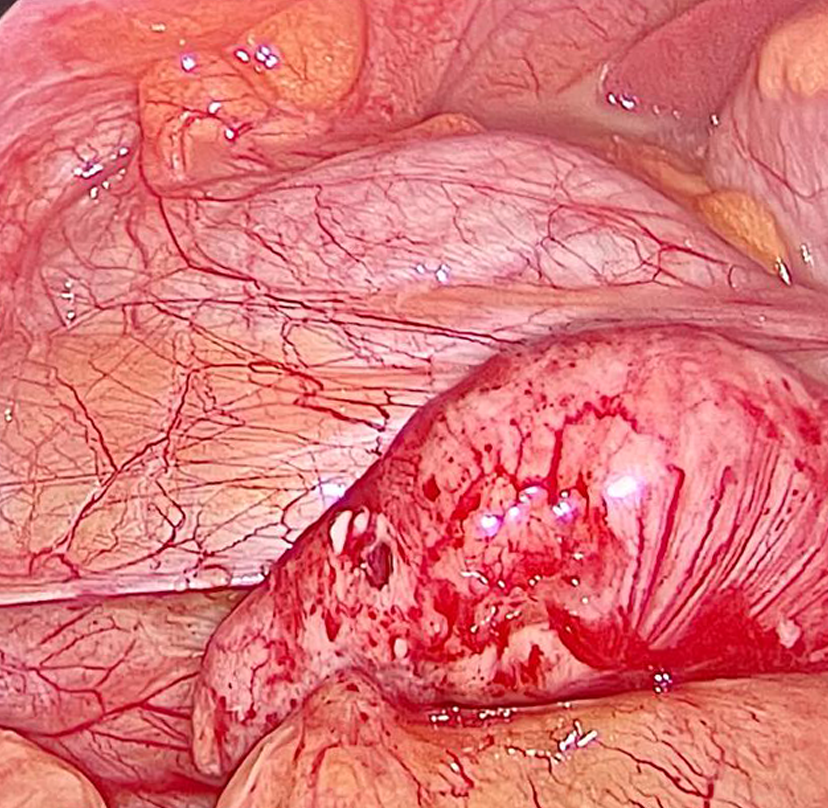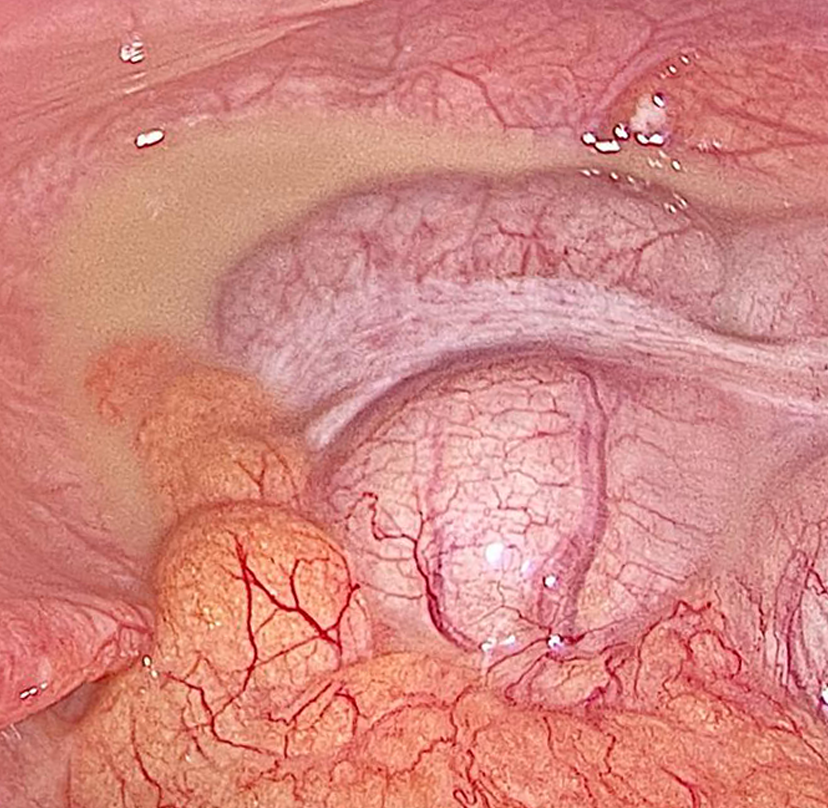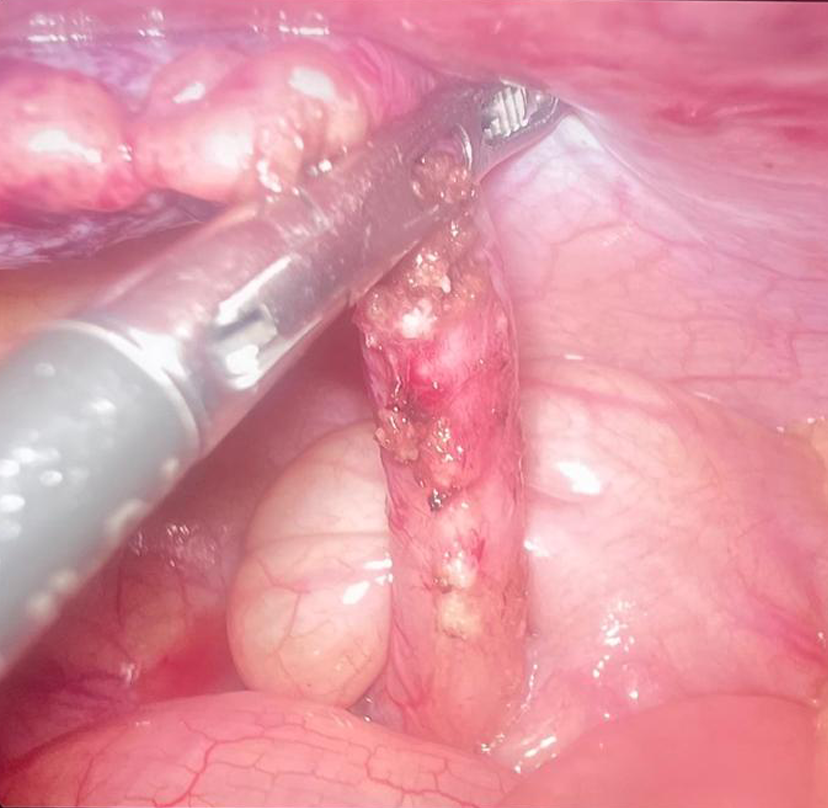Acute Appendicitis
Acute appendicitis is mostly diagnosed clinically, and many patients have a normal medical history and physical examination results. Although the exact origin of acute appendicitis is unknown, luminal blockage, nutritional variables, and hereditary factors are all thought to play a part.1 The preferred course of therapy is appendectomy, which is increasingly being out laparoscopically. This page examines the symptoms, research, care, and side effects of acute appendicitis and appendicectomy.
The patient frequently has a flushed appearance, a dry mouth, and a fetor oris. Pyrexia (up to 38°C) and tachycardia are frequently present. Following the localization of the discomfort to the right iliac fossa, an examination of the abdomen reveals localised tenderness and muscle stiffness. Although rebound discomfort is there, it shouldn't be triggered in order to keep the patient calm. When prompted to cough, patients frequently report that the discomfort is worsened by movement and is usually concentrated in the right iliac fossa.




